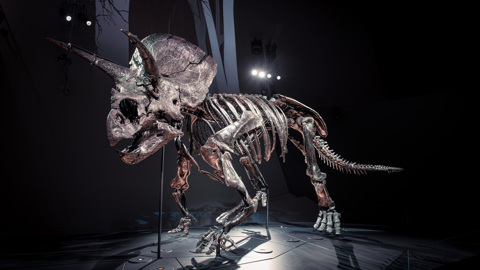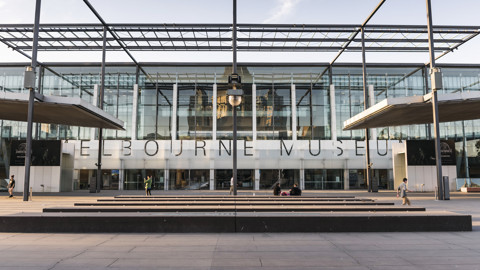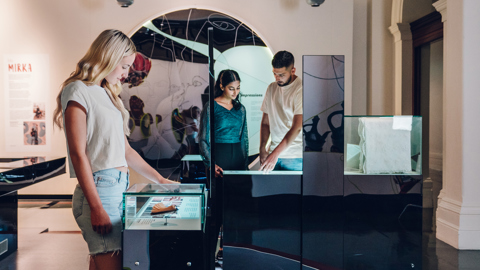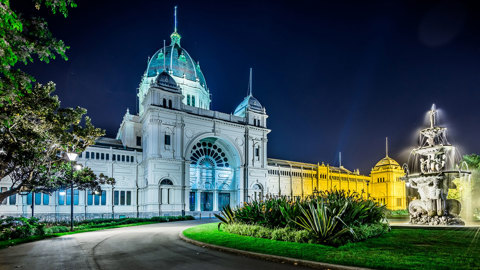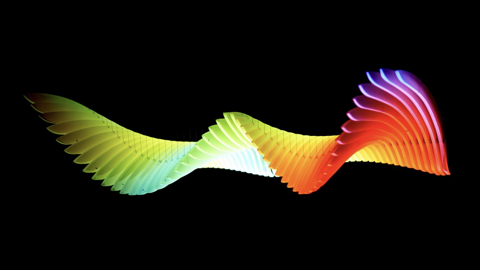Learn about the science of sleep
Have you ever wondered what happens while you’re asleep? It might look like nothing, but there’s a lot going on inside the brain and body of a sleeping human.
As you sleep, your body goes through different sleep stages. A full sleep cycle lasts roughly 90 minutes.
The first stage, N1, occurs when you are just falling asleep. This is the stage in which ‘hypnagogic hallucinations’ (seeing or hearing things) and ‘hypnic jerks’ (sudden muscle twitches) occur. These experiences are often linked to things you have seen or felt during your day.
In the next stage of sleep, N2, you enter a light sleep and become less aware of the world around you. This is when ‘memory consolidation’ occurs—you can think of this as sending memories into long term storage.
The third stage, N3, is sometimes called ‘deep sleep’. This is when your body grows and repairs muscles, bones and other tissues.
From deep sleep, you move into the REM sleep stage. REM stands for Rapid Eye Movement because during this stage of sleep the eyes can be seen to move rapidly beneath the eyelids.
This is the dreaming stage of sleep. But although your eyes move around in REM sleep, your muscles are paralysed. This is because, depending on what you’re dreaming about, it wouldn’t be safe for you to start flinging your arms and legs around as you act out your dream.
Your body cycles through the stages of sleep all night long. As the night goes on REM cycles get longer, and the cycles of deep sleep get shorter, which is why you’re more likely to remember your dreams when you wake up in the morning.

